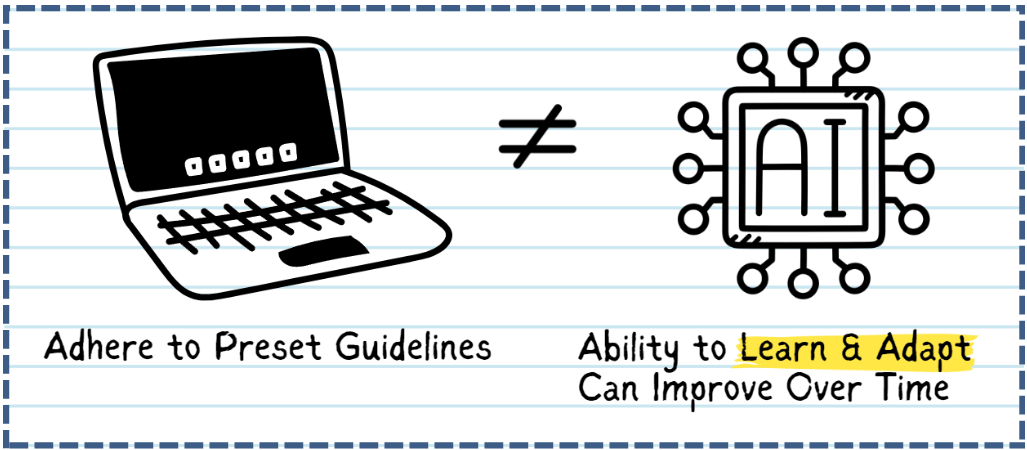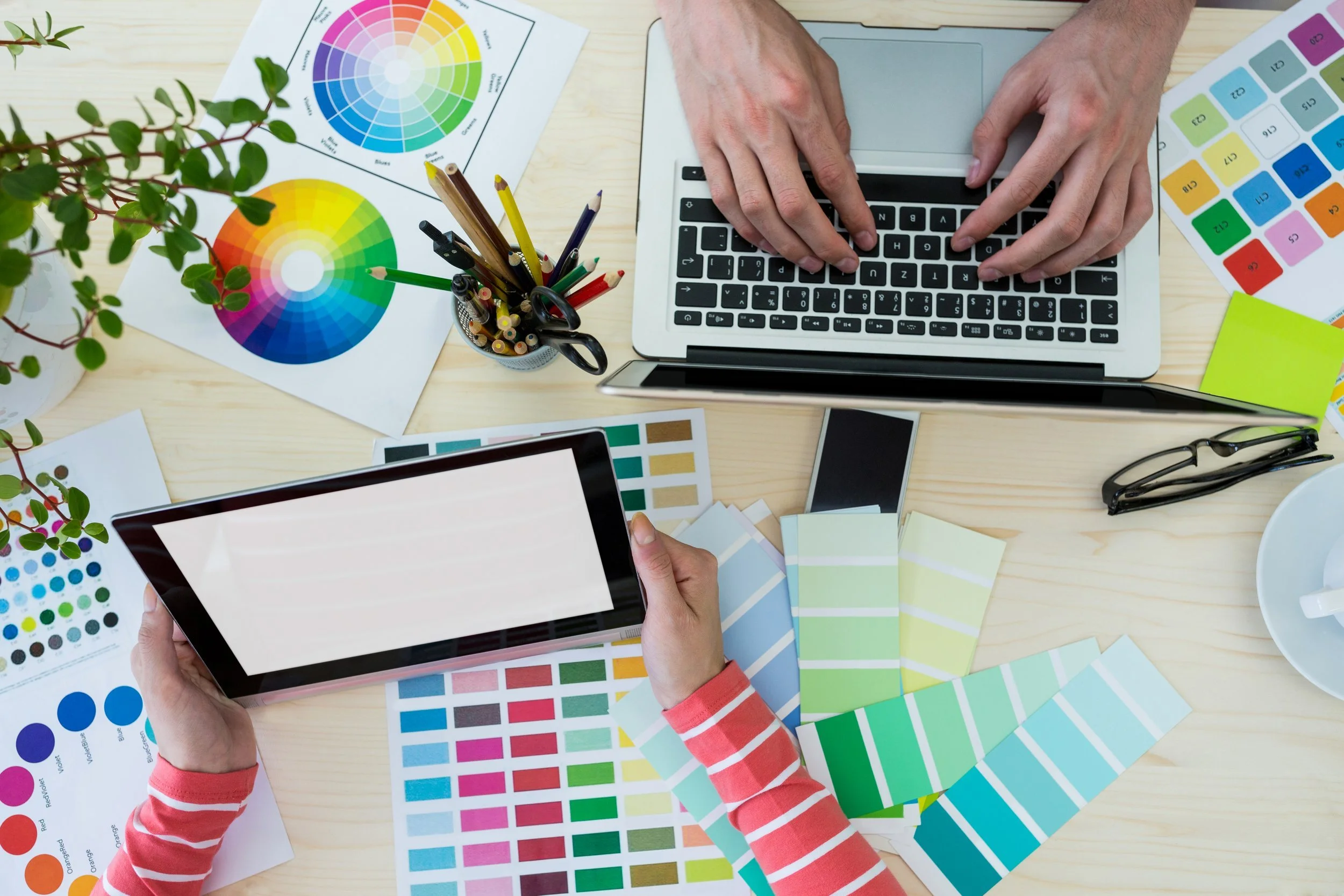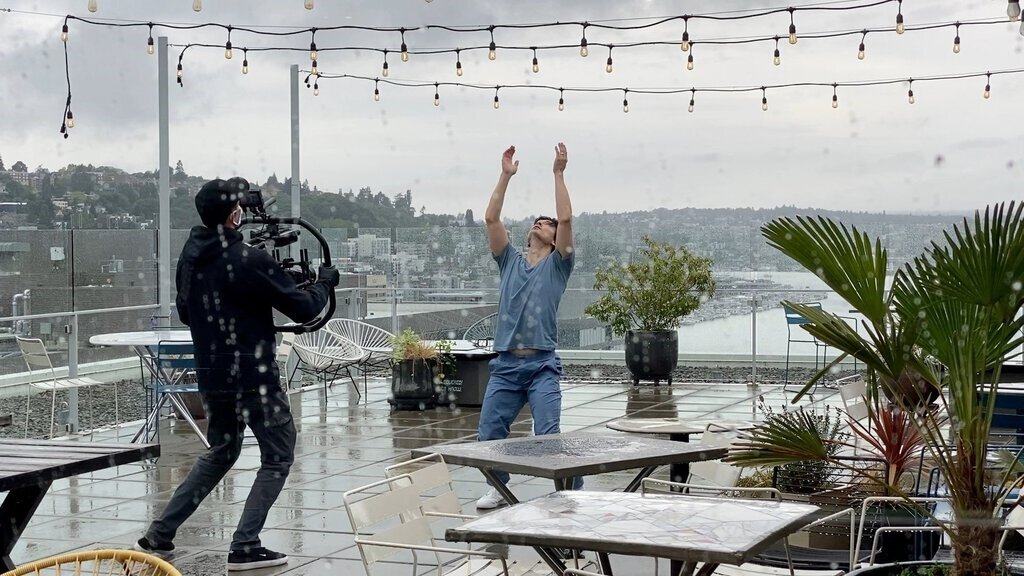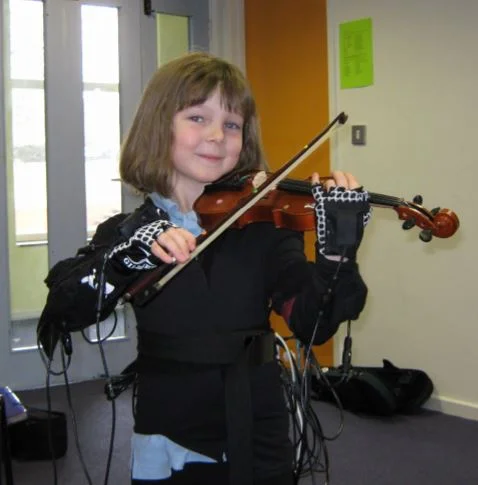Cybersecurity has been on more people’s radars because of the recently exposed SolarWinds cyberattack, which impacted customers including the United States government. In this particular case, the breach was able to go undetected for months, indicating that even institutions with the highest levels of security can fall victim. As we begin the new year, arts organizations face a timely opportunity to consider their cybersecurity measures for remote work.
Boosting Cybersecurity for Remote Work in the Arts
Remote work generally poses greater security threats to organizations than in-person work since, for example, employees use home networks and access organizational information on personal devices. Even before the Covid-19 pandemic, cybersecurity was becoming a bigger threat for smaller organizations and nonprofits. It may seem fatalistic to ask arts organizations to prepare for the worst cyberattack situation—one that might seem unlikely—but managers should think of cybersecurity as another aspect of making their organization stronger, just like ensuring patrons’ physical safety and protecting the organization’s financial health. Now that the pandemic has forced many aspects of arts organizations’ operations online, managers can use this opportunity to survey their organization’s digital landscape and potentially open the door for more remote work opportunities in normal times.
Social Distancing Strategies in the Arts: Film and TV, Part 3 of 3
As the entertainment and arts industries begin reopening, they face new challenges in light of COVID-19. Each industry is developing unique solutions to keep their audiences and staff safe. Part 3 of this series highlights the emerging trends and new protocols being implemented in the film and tv industries.
Social Distancing Strategies in the Arts: Performing Arts, Part 2 of 3
As arts institutions are in the midst of reopening plans, they are faced with new challenges as they seek to ensure the safety of their visitors, audiences, and staff in the COVID-19 era. The challenges and solutions differ depending on the industry, and whether it is a museum, performing arts institution, or film and television. Part 2 of this 3 part series explores the immerging reopening plans for the performing arts sector.
Social Distancing Strategies in the Arts: Museums, Part 1 of 3
With most major countries outside of the United States going through reopening procedures, social distancing strategies are being implemented to help stagnate or reduce the number of COVID infections. This 3 part series will highlight case studies for the Fine Arts, Theatre, Orchestra, Dance, and Movie Industries, showing measures that have been implemented or recommendations in place for each. Part 1 will focus on the museum space.
The Environment Surrounding Facial Recognition: Do the Benefits Outweigh Security Risks?
In the arts space, there has been varying responses to the potential uses and harms of facial recognition. On the positive end, artists such as Peter Shoukry have embraced how this technology can amplify an audience’s experience through interactivity with a piece. Beyond the creation of art, facial recognition has been used to aid in research. Yet, despite these projects that embrace facial recognition technology, there has been recognizable consumer backlash due to privacy worries.
Using a Crisis to Lean-In with Diversity & Inclusion
In the light of protests surrounding racial inequality and systematic racism stretching across varying U.S. industries, this lack of representation has been noted among the staff of art institutions as well. The hiring of diverse staff in the arts industry historically does not represent the breakdown of the average American audience, particularly in high-ranking roles.
5G Adoption at Your Arts Organization: Benefits and Considerations
The pandemic has advanced the discussion for a faster expansion of 5G, a new generation of the wireless network that is believed to revolutionize industries and facilitate the new remote work environment. What can the art world expect to gain from adopting this new generation of wireless network and how can it be most efficiently utilized to support the goals of each individual and organization? This research examines the potential implications and caveats of 5G adoption in the arts and cultural industry.
The Present & Future of Arts Organizations, Technology, and the Pandemic
As arts managers, we try to keep up with technology changes and upgrades. Adopting technology to support a mission and vision is critical, whether it is to serve an audience directly or make a workspace more efficient. Yet, even when the best strategies are put into place, life derails us, and even the strongest organizations are put to the test.
A Guide to Understanding Digital Network Interactions
The transition from physical to digital content is progressing unevenly in the United States, where those with advanced technology capabilities and capital are capturing a disparate share of the economic gains. Companies that are benefiting from these disparate gains in market share are also shaping the market to benefit their industry. The transition to digital content is important to understand as it is rapidly changing companies’ business models. This is particularly true for arts institutions in the post-Covid-19 era.
Sustainable Practices for Arts Organizations in the Era of 5G and IoT
When it comes to sustainable, environment-friendly business practices, arts organizations have more often been criticized for being on the opposite end. Arts Council England’s annual environmental report released earlier this year shows that museums generate 41% of the total carbon footprint despite making up only 8% of the total National Portfolio Organizations (NPO).
Technology Adoption: How Arts Managers Can Prepare for Change
Arts managers upgrade, adapt, and adopt to make their organization’s processes more efficient, sometimes with an end result to save time and money. If done improperly, technology adoption may cause frustration, turnover, lost time, lost money, or a step backward in company efficiency. To prevent this, arts managers must strategize technology adoption carefully.
What Makes Facial Recognition Controversial?
Facial recognition technology is in a predicament, and has actually been there for quite a while. What did it experience to become the center of the controversy and how does such controversy influence the art industry? Controversial discussion never stops a new technology, and instead, it creates a buffer to help the aggressive technology to slow a bit. With this opportunity, arts managers and other stakeholders may be able to check if they are on the right track dealing with the technology and consider whether they need to reshape it to meet future challenges.
What You Were Reading in 2019: Top 10 in Arts Management & Technology
In 2019 the Arts Management and Technology Lab researched a wide breadth of content, from product reviews of image editing software to industry analysis of music streaming. As the year draws to a close, looking back through Google analytics offers a perspective on what the arts management field was particularly keen to learn over the year. Read on to see if the top topics align with any of your particular interests or passions.
AI & the Future Workforce of Museums
AI has, and will continue to disrupt many traditional careers. According to a report by the global consultancy firm McKinsey & Company, by the year 2030 automation and AI could force around 33 percent of the US’s projected 166 million workforce to change jobs. How will this future impact the museum sector? This report investigates the pathways for AI in the workforce and where we might begin seeing it emerging in the museum sector.
Integrating Music Technology in the Classroom: Increasing Customization for Every Student
The following study investigates emerging technologies and their implications for music education, inside and outside the classroom. Learn how apps, digital instruments, practical aid technology, and wearable technology can be used to increase engagement and learning opportunities for music students in various settings.
Nonprofits are experimenting with mining cryptocurrency, but what does that even look like?
A Simple Guide to Data Analytics for Nonprofits
More than a trend or a buzzword, data analytics is here to stay. Newcomers to arts management may find themselves asking, what does data analytics mean for me, and how and why does my organization need to use it? If you are new to arts management, or the data world in general, this two part series is for you!

























